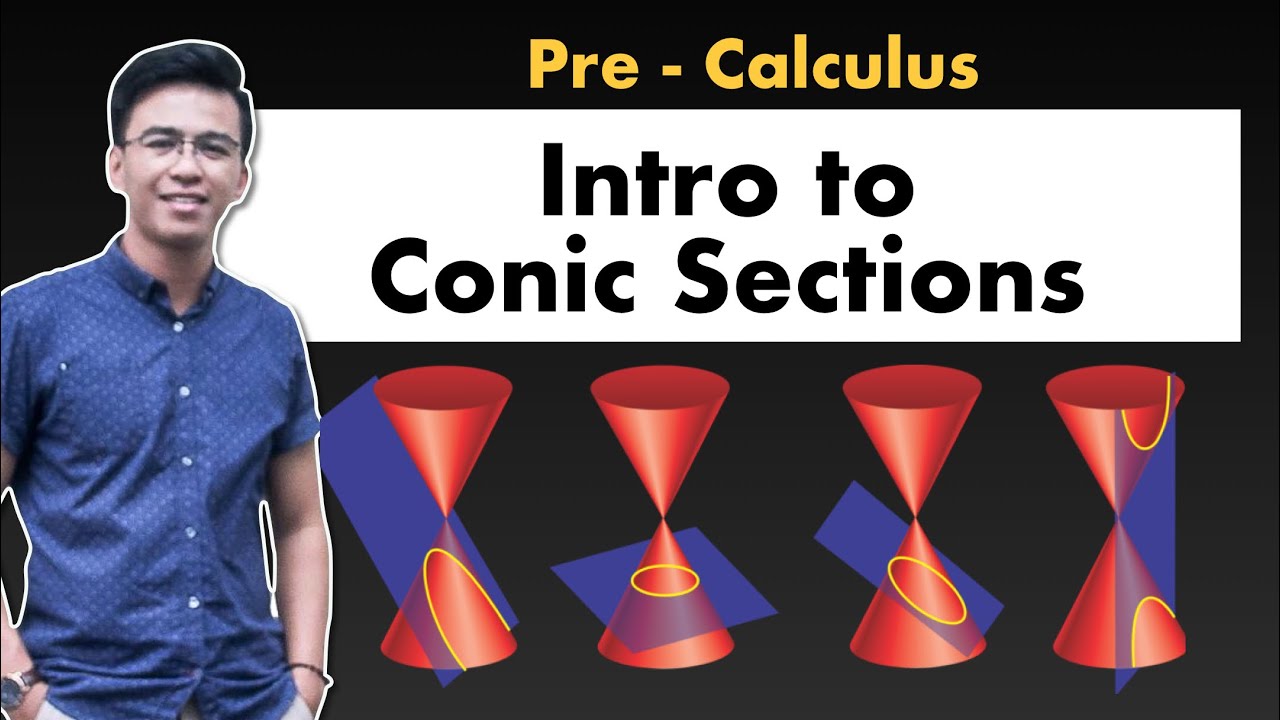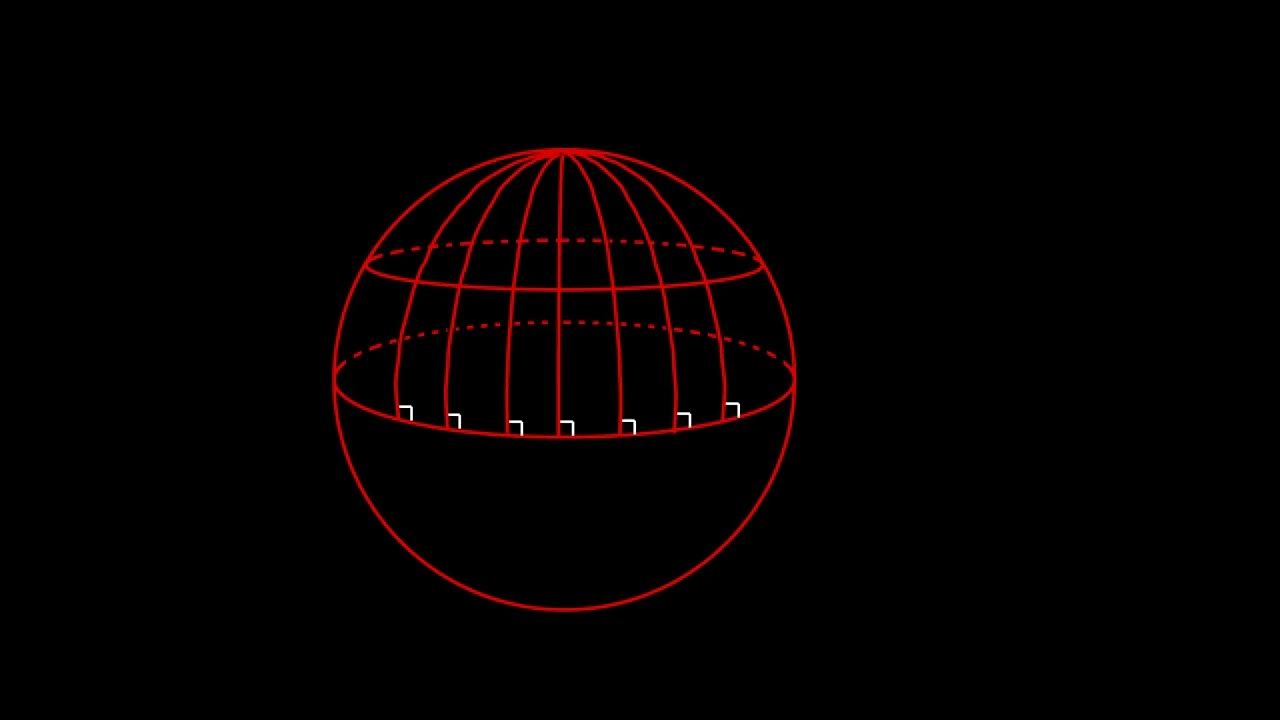Why hyperbolic functions are actually really nice
Summary
TLDRThis educational video explores the intriguing world of hyperbolic functions, connecting them to the geometry of hyperbolas. It starts with an analytical approach, defining hyperbolic cosine and sine as even and odd components of the exponential function, e^x. The video then transitions to a geometric perspective, illustrating how these functions relate to the area under a hyperbola. The presenter also delves into the connection between hyperbolic functions and Euler's formula, emphasizing the importance of understanding both the analytical and geometric aspects of mathematics.
Takeaways
- 📘 The video explores the connection between hyperbolic functions and their geometric representation as hyperbolas.
- 🔄 Even functions are defined as those where f(-x) = f(x), and odd functions as f(-x) = -f(x).
- 🌟 Hyperbolic cosine and hyperbolic sine are introduced as the even and odd components of the exponential function e^x.
- 📊 The video demonstrates how to graph hyperbolic cosine and sine, showing their even and odd properties visually.
- 🔢 The Taylor series for e^x is used to derive power series definitions for hyperbolic cosine and sine.
- 🔗 The video connects hyperbolic functions to the geometry of hyperbolas by showing they satisfy the equation x^2 - y^2 = 1.
- 📐 A geometric definition of hyperbolic functions is provided, relating them to the areas enclosed by points on a hyperbola.
- ➗ The area under the hyperbola is calculated using integration, confirming the geometric definition aligns with the analytic one.
- 🌐 The video touches on the extension of hyperbolic functions into the complex plane, drawing parallels with Euler's formula.
- 🎓 The sponsor, Brilliant.org, is highlighted as a resource for interactive learning to enhance mathematical understanding.
Q & A
What is the main topic of the video?
-The main topic of the video is hyperbolic functions, exploring their connection to the geometry of hyperbolas and their applications in various mathematical contexts.
How does the video connect hyperbolic functions to the geometry of hyperbolas?
-The video connects hyperbolic functions to the geometry of hyperbolas by demonstrating that the functions satisfy the equation of a hyperbola and by defining them geometrically as the horizontal and vertical components of points on a hyperbola that enclose a specific area.
What are even and odd functions in the context of the video?
-Even functions are those where f(-x) equals f(x), and odd functions are those where f(-x) equals -f(x). The video uses these concepts to define hyperbolic cosine and hyperbolic sine as the even and odd components of the exponential function, respectively.
How does the video derive the hyperbolic cosine and hyperbolic sine functions?
-The video derives the hyperbolic cosine and hyperbolic sine functions by considering the even and odd components of the exponential function e^x, defining them as the average of e^x and e^(-x) for the hyperbolic cosine, and the average of e^x and -e^(-x) for the hyperbolic sine.
What is the significance of the Taylor series in the context of the video?
-The Taylor series is significant in the video as it allows the presenter to break down the exponential function e^x into its even and odd components, which correspond to the hyperbolic cosine and hyperbolic sine functions, respectively.
How does the video demonstrate the relationship between the derivatives of hyperbolic cosine and hyperbolic sine?
-The video demonstrates that the derivative of hyperbolic cosine is hyperbolic sine, and the derivative of hyperbolic sine is hyperbolic cosine, with a minus sign, which is analogous to the derivative relationship between regular cosine and sine.
What is the geometric definition of hyperbolic functions given in the video?
-The geometric definition of hyperbolic functions in the video is based on the area enclosed by a hyperbola and a line segment. Hyperbolic cosine and hyperbolic sine are defined as the horizontal and vertical components of a point on the hyperbola that encloses a specific area divided by two.
How does the video connect the hyperbolic functions to complex functions?
-The video connects hyperbolic functions to complex functions by drawing parallels between Euler's identity for complex exponentials (e^(ix)) and the definitions of hyperbolic cosine and hyperbolic sine, suggesting that they are different aspects of a larger mathematical framework.
What is the role of the赞助商 in the video?
-The sponsor of the video is Brilliant.org, an online learning platform that is promoted for its interactive courses and ability to help viewers improve their mathematical skills.
What is the final takeaway from the video regarding the relationship between hyperbolic functions and geometry?
-The final takeaway from the video is that the hyperbolic functions, defined both analytically and geometrically, are not only connected to the geometry of hyperbolas but also share properties with trigonometric functions, highlighting the deep interplay between algebra, calculus, and geometry in mathematics.
Outlines

This section is available to paid users only. Please upgrade to access this part.
Upgrade NowMindmap

This section is available to paid users only. Please upgrade to access this part.
Upgrade NowKeywords

This section is available to paid users only. Please upgrade to access this part.
Upgrade NowHighlights

This section is available to paid users only. Please upgrade to access this part.
Upgrade NowTranscripts

This section is available to paid users only. Please upgrade to access this part.
Upgrade NowBrowse More Related Video
5.0 / 5 (0 votes)





